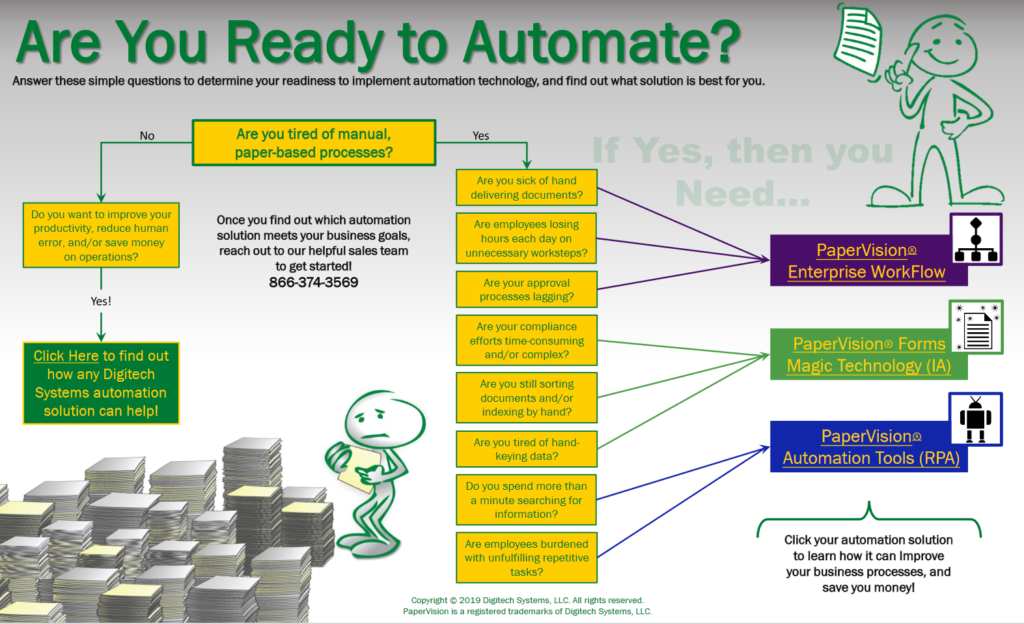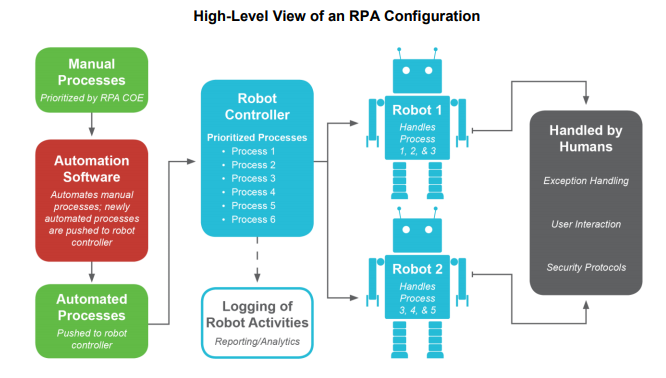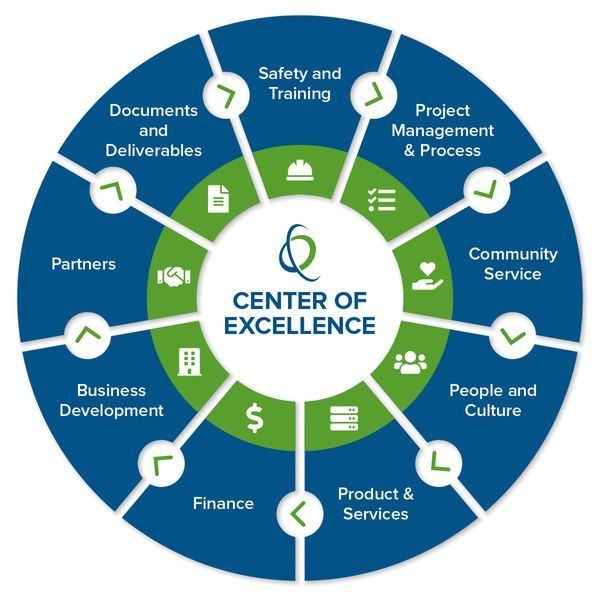In our daily use of the internet and other technologies, we might have to input or perform an action repeatedly. I am sure you will agree with me that this can be very frustrating and boring. It would be almost impossible to avoid errors and deliver efficiently. What if I tell you that you can have an automated program carry out these repetitive tasks on your behalf?
In this article, we’ll discuss tips for streamlining repetitive tasks using Robotic Process Automation (RPA) technology. It’s based on a podcast interview with Dean Hamilton, Partner and Chief Technology Officer at Wilson Perumal & Company who has over the years, established and helped numerous companies thrive amidst everyday operational complexities.

You can listen to Hamilton’s full interview Business Infrastructure podcast here:
What is Robotic Process Automation?
RPA is low or no-code software that is designed to automate repetitive tasks using a computer or a set of computer applications through a graphical user interface. The software is programmed to emulate your actions using a particular application.
RPA enables a software agent or bot to perform actions that you normally would do manually such as clicking, pointing, and typing. It saves you the stress and monotony of performing repetitive tasks yourself.
A typical example is when you need to complete an online transaction that requires entering your address, phone number, and possibly even credit card details.
In this instance, the RPA remembers this information and inquires if you would want it to fill it in for you the next time the information is required. All you’d need to do is press a button and the information is automatically provided. What’s most interesting is that you do not have to be a programmer in order to implement this kind of technology in your small business. Isn’t that amazing?

What is Intelligent Document Processing?
Intelligent document processing involves the use of various algorithms to understand documents that have unstructured data. It is interesting to note that intelligent document processing and RPA technologies can be implemented together to execute a task.
You can process such documents in a manner that will be able to extract information, you can classify and validate using RPA. In other words, you use intelligent document processing to understand the document and identify the parts you need then use RPA to take those parts and log them into the system of record that you want to transfer information to.
Implementing Robotic Process Automation
Before automating, it is fundamental to first understand how work flows and what information or data is needed in performing a certain process. Once you determine the process and its requirements, then you can identify where bottlenecks and waste exist.
Next, you need to explore ways of improving that process amid the inherent adverse complexities. Afterward, take a closer look at those steps in the process that involve highly repetitive tasks that consume either time and effort or that are risky and prone to errors. Last, research technologies to automate those repetitive tasks. Now, that’s where RPA comes in handy.

Reducing Complexities
RPA technologies are easily accessible to small businesses that might not have dedicated programmers on their teams. It’s a technology that non-technologists can deploy themselves.
Before you get overly excited about the financial and operational opportunities RPA affords, it’s worth stating that this technology is not a “magic bullet” that can solve all your business problems. The fact remains that process complexities are bound to arise.
To be clear, complexities are not always a bad thing. Some complexity can be good, in the sense that it differentiates your business and creates competitive barriers.
However, adverse complexity can stall your business as it tends to hide in obscure places and can erode cost or stunt the growth of your business. In this situation, you will not receive a return on the investment of work you put into implementing RPA. This happens when you optimize one process, but not the other processes that it may link to whether intentionally or inadvertently.

Maintaining the Automation
Implementing RPA is one thing, but maintaining it over time is key to achieving optimum efficiency. One part of maintenance involves keeping up with software updates. Sometimes those updates may force you to re-evaluate your entire process all over again in order to achieve the same level of performance or better.
Another part of maintenance requires disaster recovery and business continuity. You need to consider the following questions and what you would do if the automation fails:
- How will business operations continue?
- How will you maintain cybersecurity issues associated with the RPA?
- How does automation affect other areas of operation?
Your ability to answer these questions will help in maintaining the automation and avoiding the creation of adverse complexities that would negatively affect your business.

Having a Center of Excellence
A Center of Excellence (COE) consists of assigning existing people on your team who understand the inner workings of your company with the responsibility of providing governance and oversight for those who are using RPA. The COE’s primary is to ensure the RPA is used properly and in ways that yield improved performance.
RPA can be likened to a two-edged sword with attendant benefits and risks, so there is a continuous need for the COE to understand both sides and prepare accordingly.

Final Thought
As a business owner or practitioner, Robotic Process Automation provides you with the benefit of automatically performing repetitive tasks for you and your team. This saves you time and your company money while reducing processing errors and complexity in your back-office operations.











